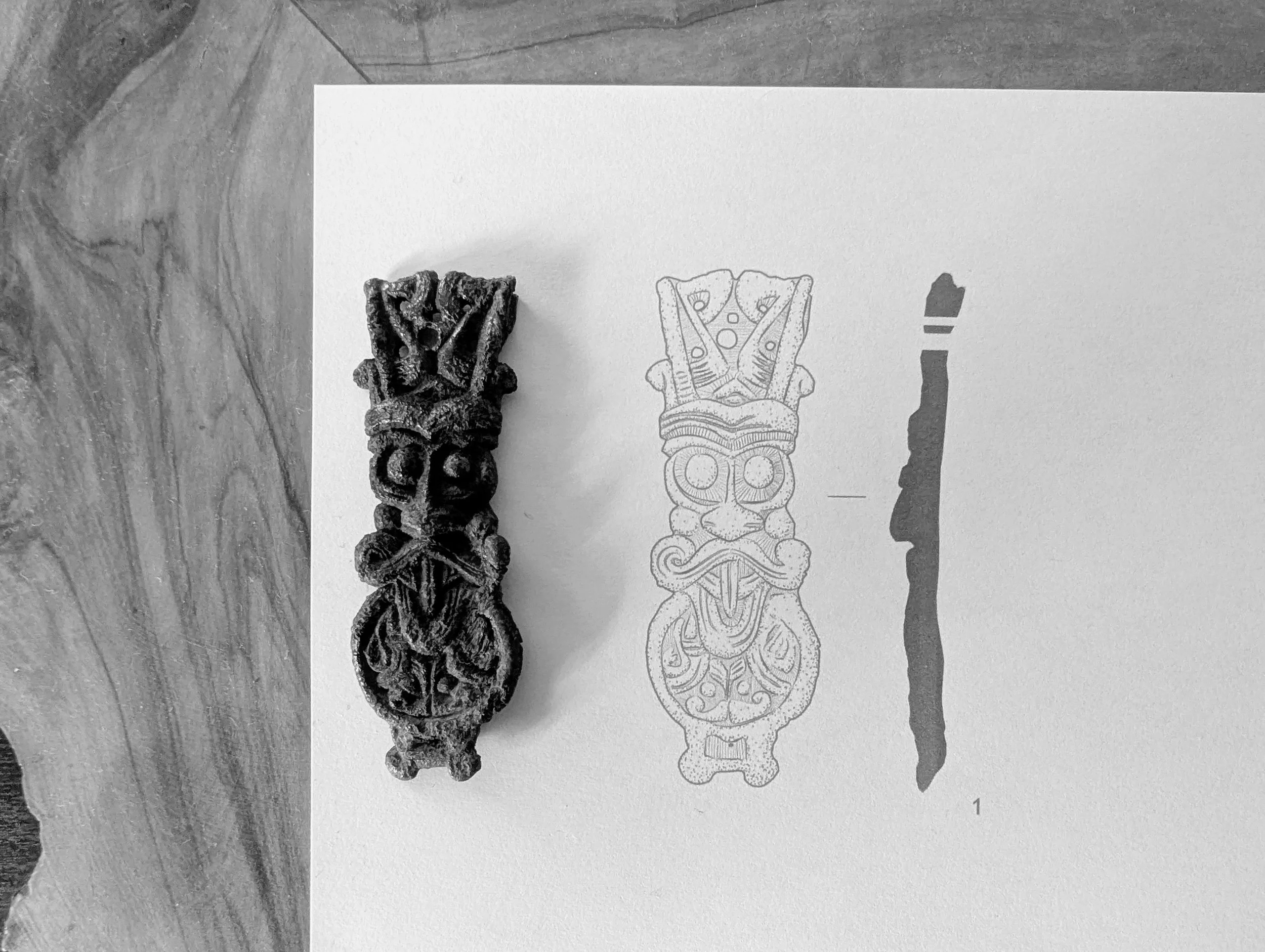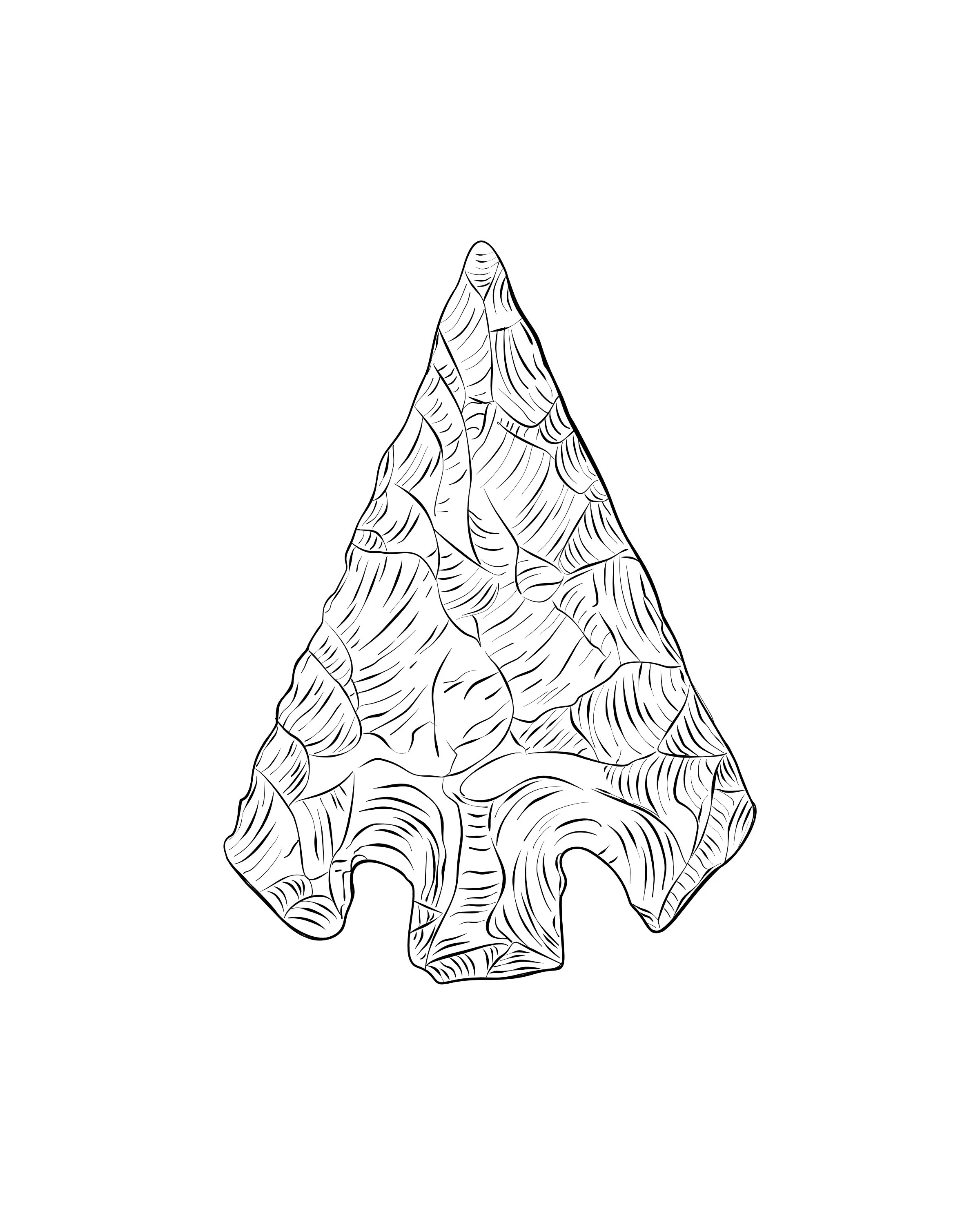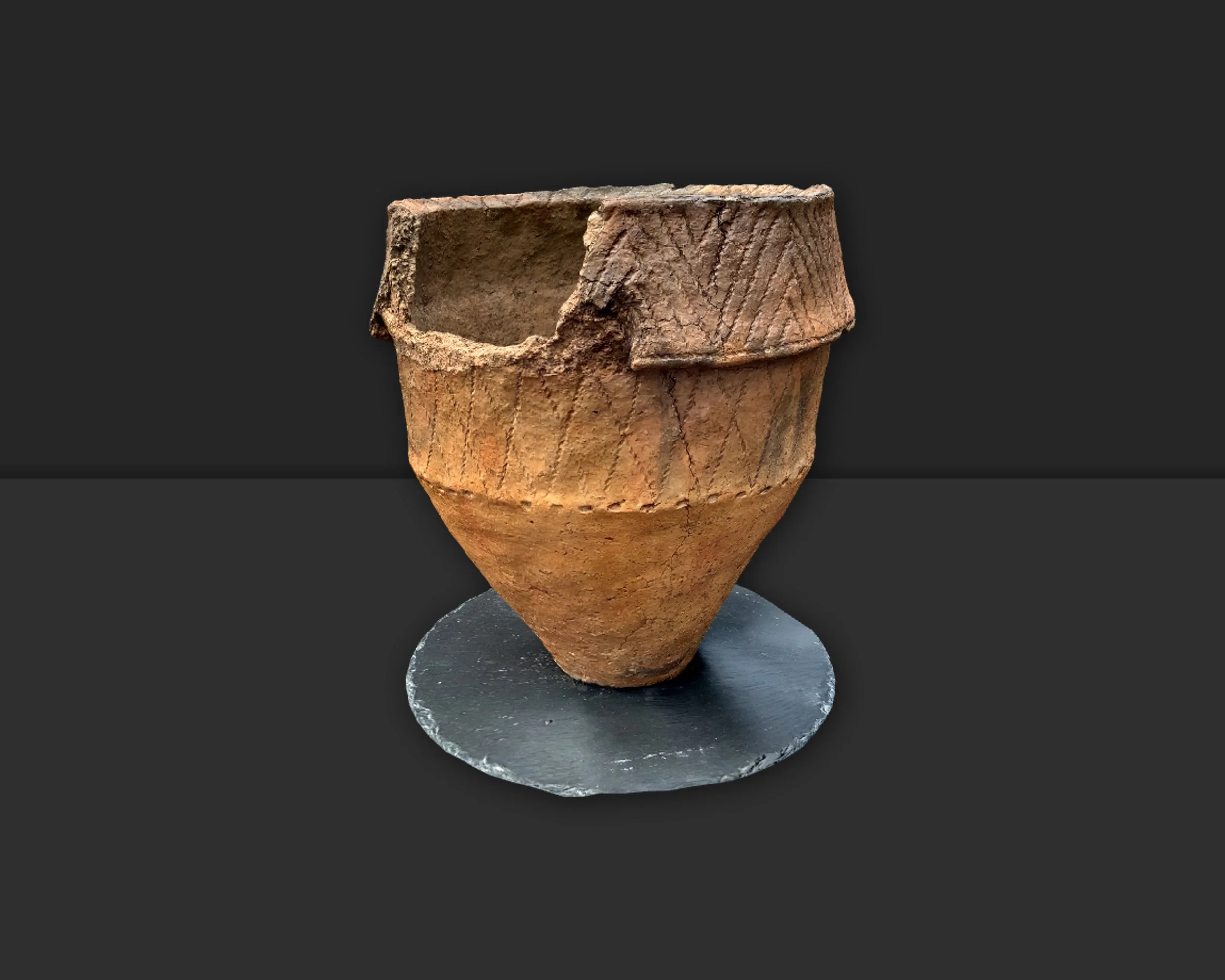What Is Archaeological Illustration? A Guide for Archaeologists and Heritage Professionals
Archaeological illustration plays a vital role in recording the past with clarity and precision. More than simple drawings, these illustrations capture the detail of artefacts, pottery, and features in a way that photography alone cannot achieve. From Neolithic flint arrowheads to Bronze Age collared urns and Roman figurines, accurate illustration ensures that discoveries are documented to publication standard, supporting excavation reports, heritage interpretation, and academic research.
What Is Archaeological Illustration?
Archaeological illustration is the accurate recording and visualisation of archaeological material. It includes artefact drawings, site plans, reconstruction drawings, and increasingly, 3D models. The goal is always the same: to provide clarity, accuracy, and consistency in how the past is documented and communicated.
Why Illustration Matters in Archaeology
Illustration does more than replicate an object’s appearance. It highlights the features that matter most to archaeologists: tool marks on flint, decoration on pottery, or construction details in buildings. By reducing visual “noise” such as damage, shadow, or corrosion, illustration provides a clearer record than photography alone.
Illustration vs Photography: What’s the Difference?
Photography is a valuable tool in archaeology, but it cannot always capture the fine detail needed for analysis and publication. Illustrations complement photographs by simplifying, clarifying, and focusing on diagnostic features. Together, they provide a complete record — but when accuracy and standardisation are required, illustration remains essential.
Comparison of a copper-alloy anthropomorphic fitting with its technical illustration, demonstrating the accuracy and clarity achieved in publication-ready finds drawings.
Types of Archaeological Illustration
Illustration in archaeology covers a wide range of formats:
Artefact drawings — flint, pottery, metalwork, bone, and small finds.
Finds plates — multiple artefacts arranged for comparative study.
Site plans — mapping excavation trenches, features, and stratigraphy.
Reconstructions — imagining how artefacts, buildings, or landscapes may have looked.
3D photogrammetry models — interactive digital models for heritage interpretation and online access.
Illustrating Different Materials: From Flint to Metalwork
Different materials demand different illustration techniques. Flint tools, for example, require detailed line work to show flake scars, while pottery drawings highlight rim profiles, sections, and decoration. Metalwork and organic artefacts like bone or antler also bring their own challenges, where surface texture and wear patterns must be recorded with precision.
Illustrated Neolithic barbed and tanged flint arrowhead, showing detailed flake scars and surface texture for precise archaeological recording.
The Role of 3D Models and Digital Techniques
Modern archaeology increasingly uses photogrammetry and digital reconstruction alongside traditional drawing. These 3D models allow artefacts to be rotated and viewed interactively, offering powerful tools for both researchers and public audiences. While not a replacement for technical illustration, they expand the ways archaeological discoveries can be understood and shared.
Still from a rotating 3D model of a Bronze Age collared urn, created using photogrammetry.
Publication-Ready Illustrations for Reports and Journals
Every illustration must be accurate, scaled, and clear enough for inclusion in excavation reports, academic journals, and heritage archives. Preparing images to publication standard ensures they are fit for long-term reference and can support scholarly debate as well as public interpretation.
Archaeological pottery illustrations prepared for publication, showing rim profiles, sections, and diagnostic sherds with scale bars for accuracy.
Why Work with a Specialist Archaeological Illustrator?
Professional archaeological illustrators bring years of training and experience to recording finds and features. By following established standards and combining traditional and digital techniques, illustrators ensure that archaeological material is presented with both accuracy and clarity.
If you are preparing a report, excavation archive, or exhibition and need accurate, professional illustrations, get in touch to see how I can support your project.




